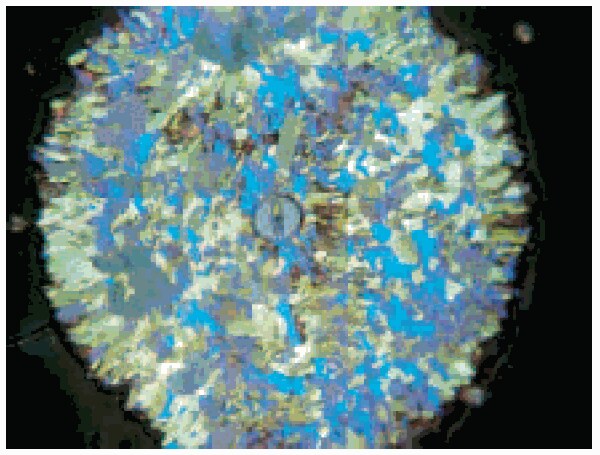Magnetic Materials: Superconductors
Superconductors
Superconductors are materials which exhibit no electrical resistance below a certain temperature defined as the critical temperature (TC). Prior to 1986, the highest TC reported was 20 K for Nb3Ge and Nb3Sn.5 In 1986-87, a group lead by Johannes Bednorz and Karl Müller reported the ceramic oxides La2-xBaxCuO4-x and YBa2Cu3O7 (product 328626) superconduct above the boiling point of nitrogen (77 K).6,7 Materials whose TC is greater than the boiling point of nitrogen (a common, readily available, cryogenic coolant) are referred to as high-temperature superconductors (HTS). For their work Bednorz and Müller were awarded the Nobel Prize in Physics in 1987.8
Other more exotic compounds such as fullerides have also exhibited superconducting properties. Fullerides of the formula Ax@C60 (A = K, Rb, Cs) are reported to have superconducting character.9 Although superconductive compounds have been known for nearly a century, the relatively mundane compound magnesium boride has only recently been demonstrated to exhibit superconductivities. Magnesium boride, MgB2 (product 553913) is not only superconductive but its critical temperature is surprisingly high for a simple ceramic material (Tc = 39 K).10 Figure 1 shows an image of a MgB2 wire segment with a tungsten boride core. The wire is formed by reaction of magnesium vapor with a boron filament. The grain structure seen in this image is visible under polarized light.11 Table 1 for a comparison of some critical temperatures.

Figure 1. The cross section of a MgB2 wire segment. (Image courtesy of D.K. Finnemore, S.L. Bud'ko, P.C. Canfield, Ames Laboratory, Iowa State University.)
*Highest reported Tc for an element **Highest reported TC to date
Superconductivity is governed not only by a critical temperature but also by a critical magnetic field (HC) and a critical current density (JC). The critical magnetic field refers to an applied magnetic field, such that, if an applied field becomes too large (greater than HC) superconductivity will be lost. Critical temperature and critical field are inversely proportional such that just below TC, the superconducting state can only be maintained in a very weak applied field, whereas, near 0 K, a larger applied field can be tolerated (Figure 2). Similarly, JC is the maximum current that can be passed through a superconducting material before it reverts back to a non-superconducting state. This is a critical factor for power applications such as practical superconductor-based electronics would have a JC greater than 106 amp·cm-1.

Figure 2.Effects of temperature and magnetic field on the superconducting state.
Aside from traditional metals based superconductors and HTS cuprate-based ceramics, more recent work has focused upon molecular and fullerene based superconductors.
如要继续阅读,请登录或创建帐户。
暂无帐户?